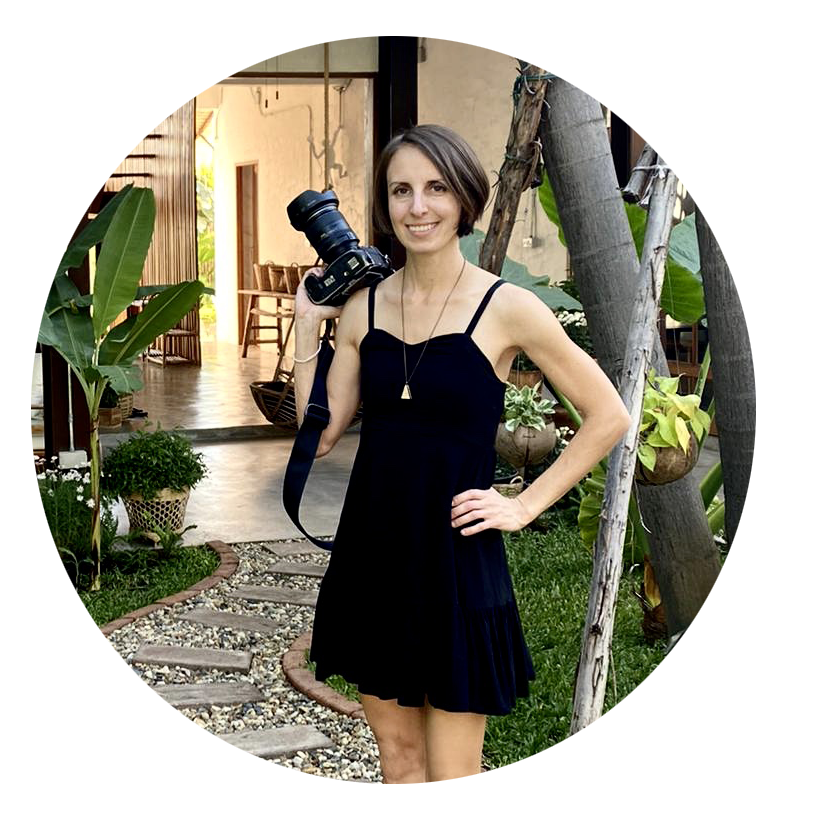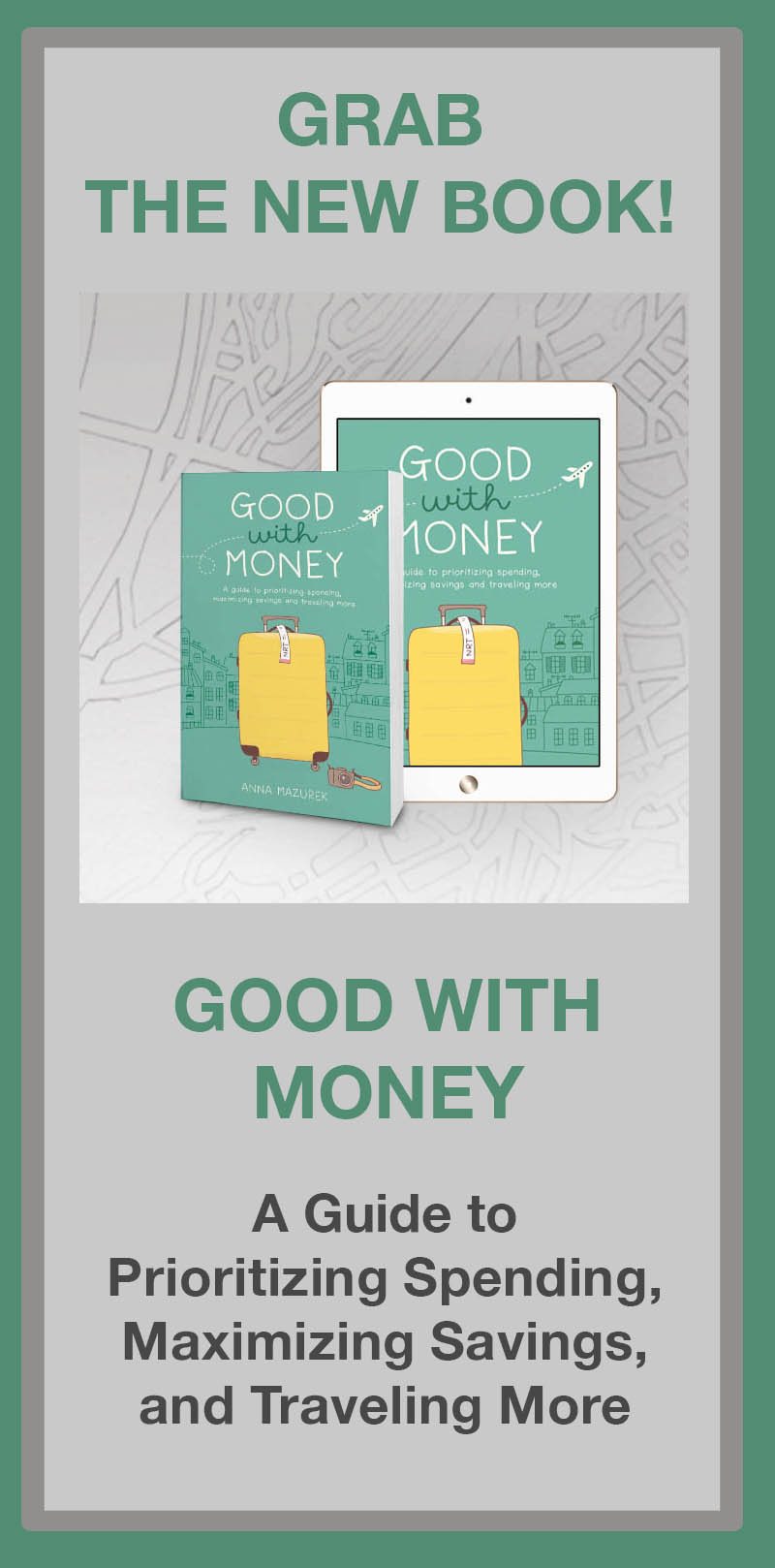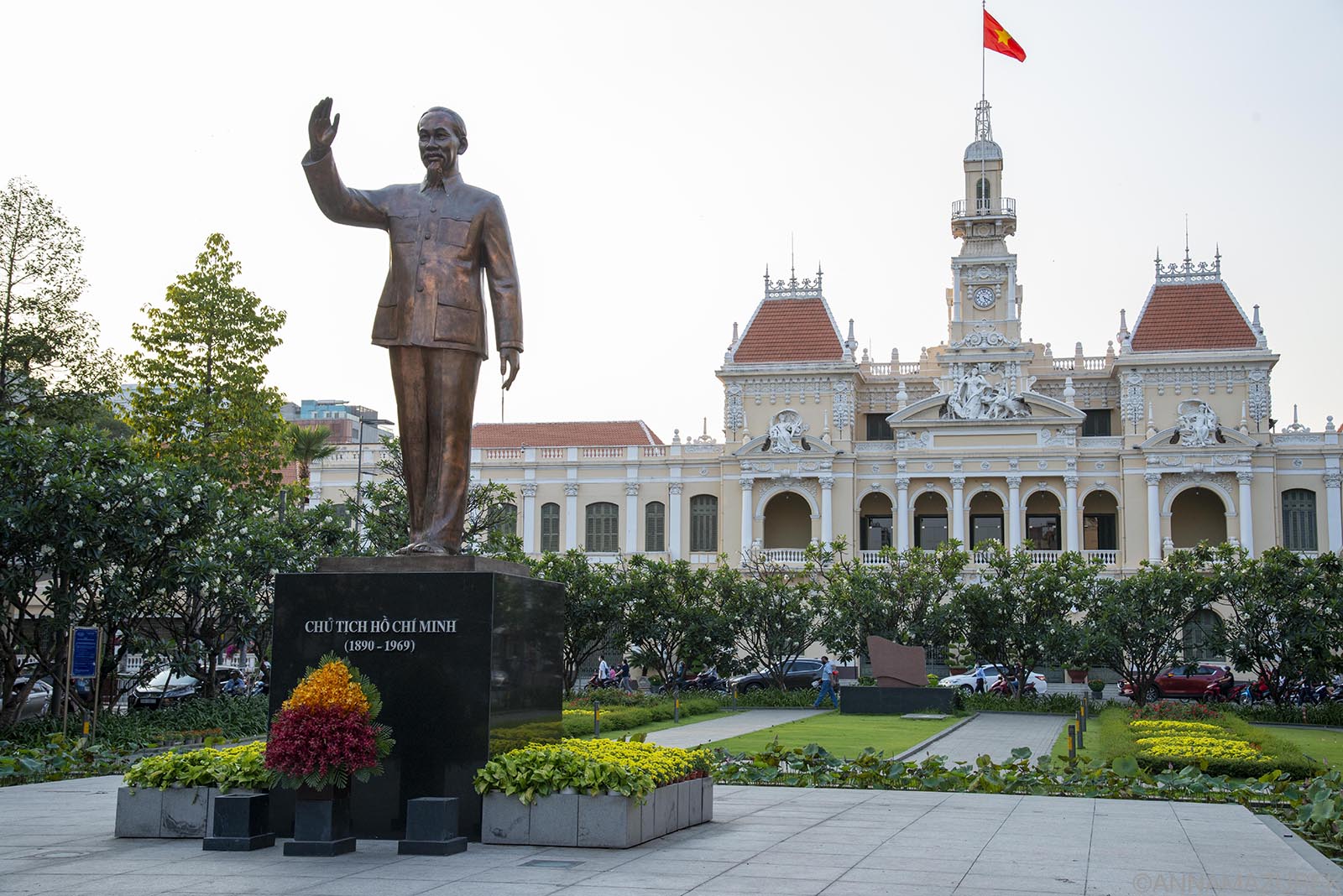 A statue of Ho Chi Minh sits outside the People’s Committee of Ho Chi Minh City building on Nguyen Hue Walking Street.
A statue of Ho Chi Minh sits outside the People’s Committee of Ho Chi Minh City building on Nguyen Hue Walking Street.
Ho Chi Minh City (Saigon) is the sleek modern paradox to Hanoi’s ancient streets. With a population of eight million, the city is flooded with motorbike traffic—crossing the street isn’t for the faint of heart—and towering skyscrapers. While most of the main sights in District 1 are war-related, the city has an unmistakable vibe that will make it hard to leave and some of the best craft beer in Asia.
These recommendations are based on my experience living and working for travel companies in Southeast Asia for the past decade. (I visit Vietnam at least once a year for work.) Ho Chi Minh City, known as HCMC, has a vibe that I just can’t shake—I love chilling here for a few days eating and hitting up the breweries.
Here are the best things to do in Ho Chi Minh (Saigon), along with the best time to visit and where to stay!
You can easily do all these things on your own, but if you’re short on time, consider a city tour.
Affiliate links are used in this post. If you make a purchase, I earn a small commission at no cost to you, which goes toward the cost of maintaining this blog.
Plan Your Trip
Currency: Vietnamese Dong (VND)
When to Go: November to April for dry weather.
Travel Insurance: Protect yourself with SafetyWing travel medical insurance to cover accidents and travel delays.
Mobile eSIM Card: Get seamless connectivity worldwide with Airalo minus the hassle of physical SIM card.
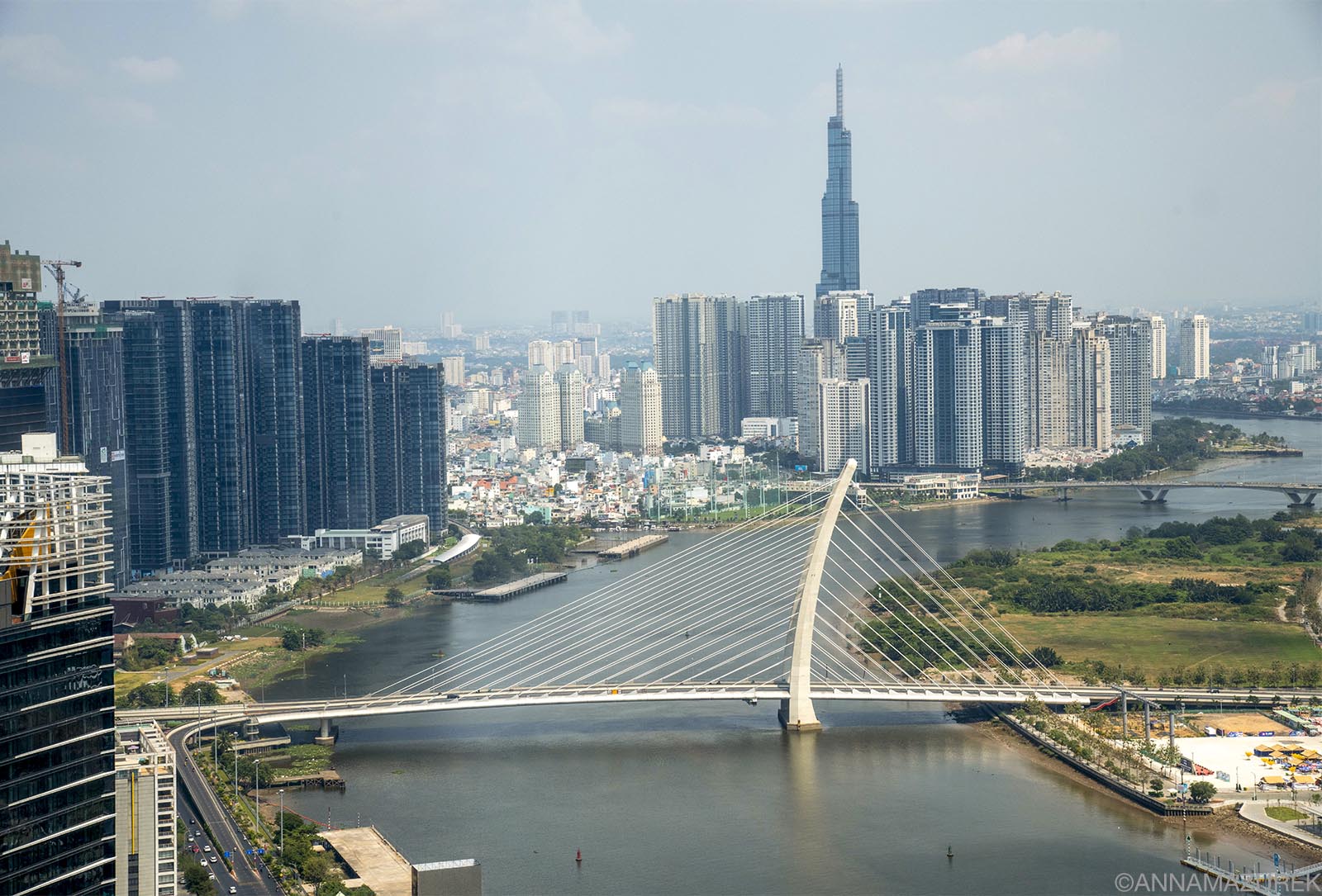 The view of the Landmark 81 building from the Bitexco Financial Tower.
The view of the Landmark 81 building from the Bitexco Financial Tower.
1. Bitexco Financial Tower
Nothing puts the massive size of the city into perspective like the view from the 49th floor of the Bitexco Financial Tower ($9 USD) in District 1. (I suggest buying tickets in advance through Klook for your preferred time slot because it’s the same price as buying in person without any lines.)
An alternative with a higher view and slightly steeper admission rate ($12 USD) is the Landmark 81—a nearby District 1 skyscraper that was the tallest building in Southeast Asia until 2024 when the Merdeka 118 Tower opened in Kuala Lumpur. Combo tickets can be bought on Klook to avoid the queue. (I haven’t found any other way to buy them online.)
2. War Remnants Museum
This powerful museum is devoted to showcasing the impact of the U.S. invasion of Vietnam on civilians from a Vietnamese perspective in eight thematic exhibitions with over 20,000 artifacts. (Please note the Vietnam War is often referred to as the American War across the country.) The images of the atrocities, horrific destruction and effects of Agent Orange are upsetting, so prepare yourself emotionally before visiting. While it’s a deeply moving experience, visiting the museum is essential for gaining a larger understanding of the conflict and modern-day Vietnam.
The upstairs Requiem Exhibition showcases the work of photographers on both sides killed during the conflict, including Robert Capa. The grounds display a series of U.S. armored vehicles, weapons and bombs. Allow an hour or two to visit. Tickets can be bought in advance on Klook ($1.85 USD).
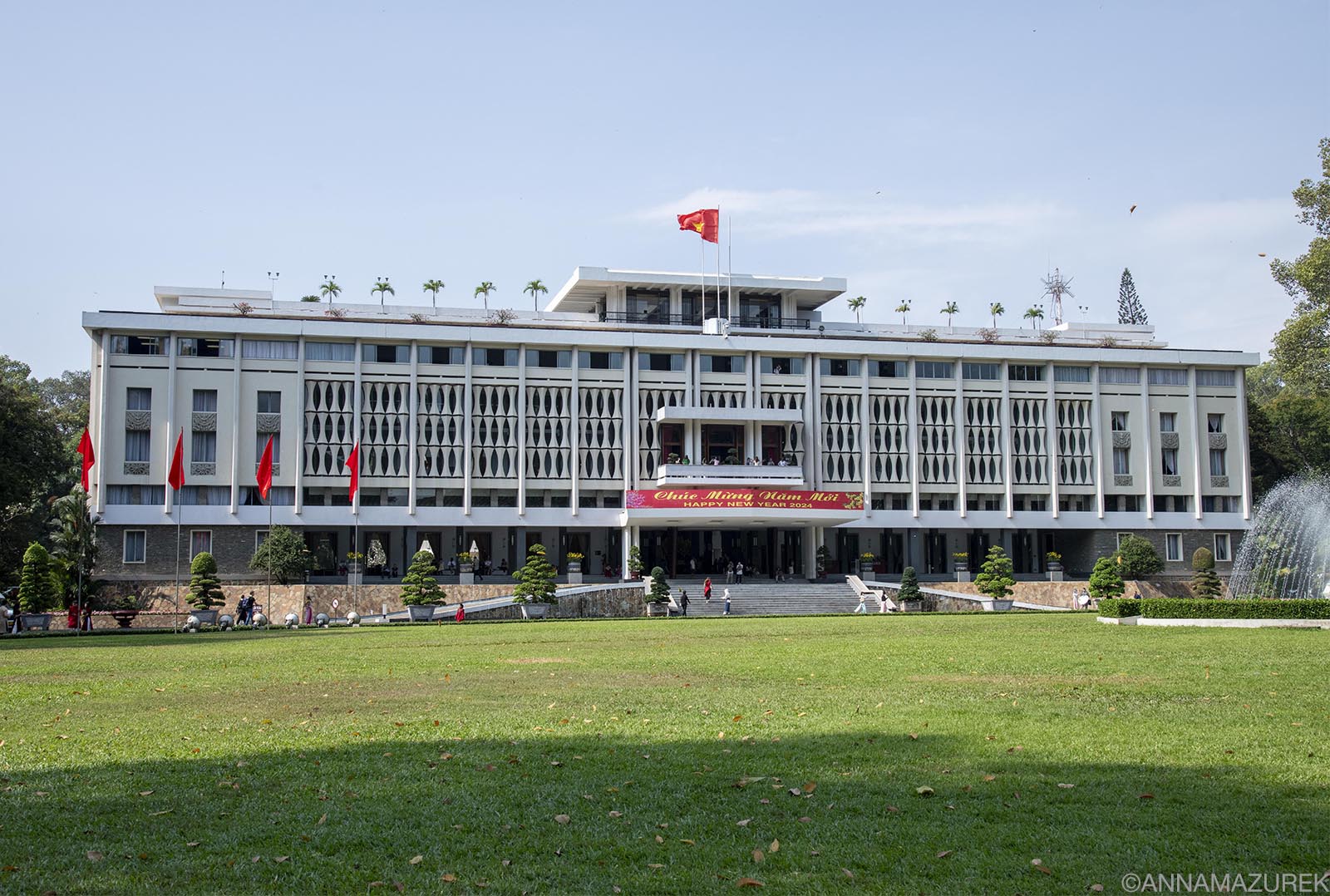 The Reunification Palace was the home and office of the president of South Vietnam.
The Reunification Palace was the home and office of the president of South Vietnam.
3. Reunification Palace
Once you’ve wrapped your head around the size of the city, start digging into the history. This airy 1960s government building is a landmark—Communist tanks rolled through the gates on April 30, 1975, marking the fall of Saigon during the Vietnam War. The building, also known as the Independence Palace, was formerly home to the South Vietnamese president and originally the site of the 1868 French governor-general of Cochin-China. The interior features lavish reception rooms and the president’s living quarters. The most interesting part is the basement war room and telecommunications center featuring a photogenic collection of vintage rotary phones. Tickets are $1.89 USD and can be bought in advance on Klook.
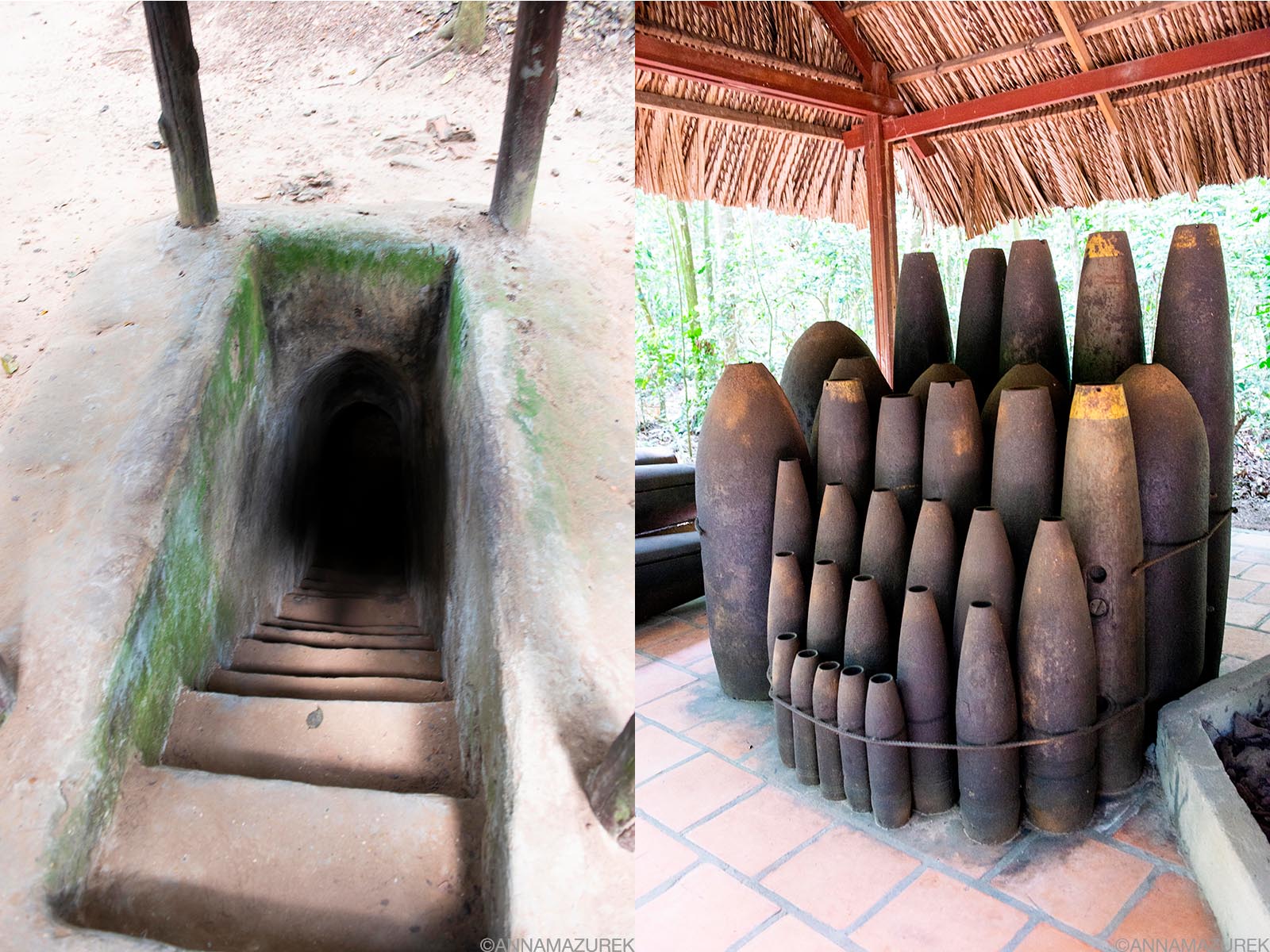 Left: The entrance to one of the Ben Douc tunnels, part of the Cu Chi Tunnels. Right: Artillery left over after the Vietnam War.
Left: The entrance to one of the Ben Douc tunnels, part of the Cu Chi Tunnels. Right: Artillery left over after the Vietnam War.
4. Chu Chi Tunnels
No trip to Saigon is complete without a visit to the spiderweb of narrow tunnels used by the Viet Cong in the 1960s.There are two sets of tunnels, Ben Dinh and Ben Duoc, located 30 to 40 kilometers from the city. Ben Dinh is the most touristy one because it’s more easily accessible by a scenic boat ride or a day tour.
I’ve been to both and prefer Ben Duoc because it’s not as touristy—there was only a handful of people when I went. (I went by public bus from District 1 in Saigon, which I highly recommend—it’s one of my favorite experiences in Vietnam. For details, I wrote a post about how to get to the Ben Douc tunnels by public bus.) You need a full day to go by bus to Ben Duoc. If you have less time, consider booking a half-day tour to Ben Dinh from Klook.
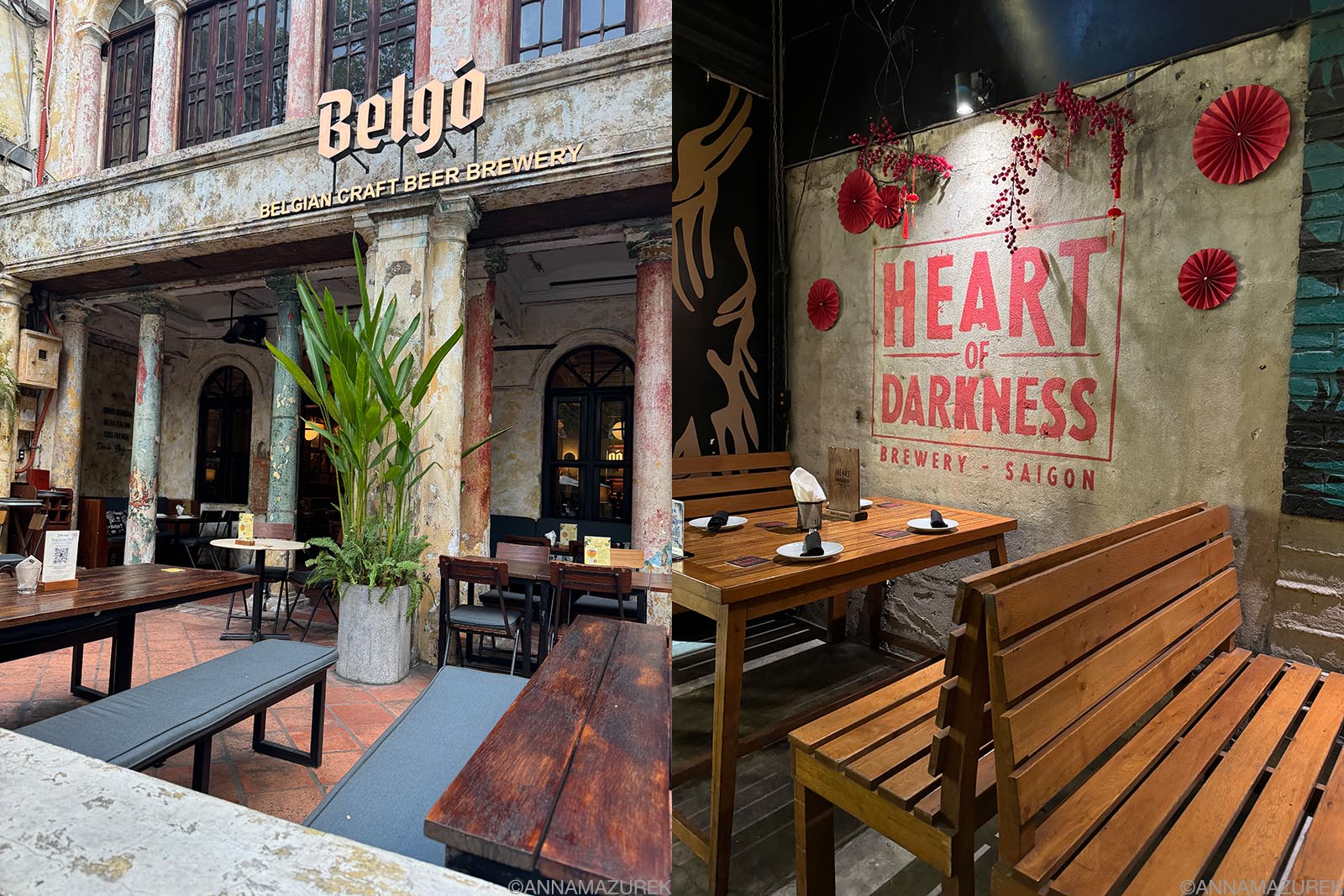 Belgo (left) and Heart of Darkness (right) are two craft breweries with great patios.
Belgo (left) and Heart of Darkness (right) are two craft breweries with great patios.
5. Sample Saigon’s Craft Beer Scene
One of my favorite things to do is brewery hop around HCMC—the craft beer capital of Southeast Asia. Pasteur Street Brewing ignited the trend in 2015 and has multiple taprooms (all serve food) spread across the city (and one in Hanoi). I love the vibe of their original location on Pasteur Street. (The flagship Jasmine IPA and Pomelo IPA are my favorite brews.)
The Heart of Darkness taproom is always hopping on weekends and serves up some tasty hazy IPAs. (I’m an IPA girl if you can’t tell.) A new addition to the scene— Belgo, a Belgian brewery—is quickly becoming a favorite because the patio, beer and food are fantastic. BiaCraft is also a great spot.
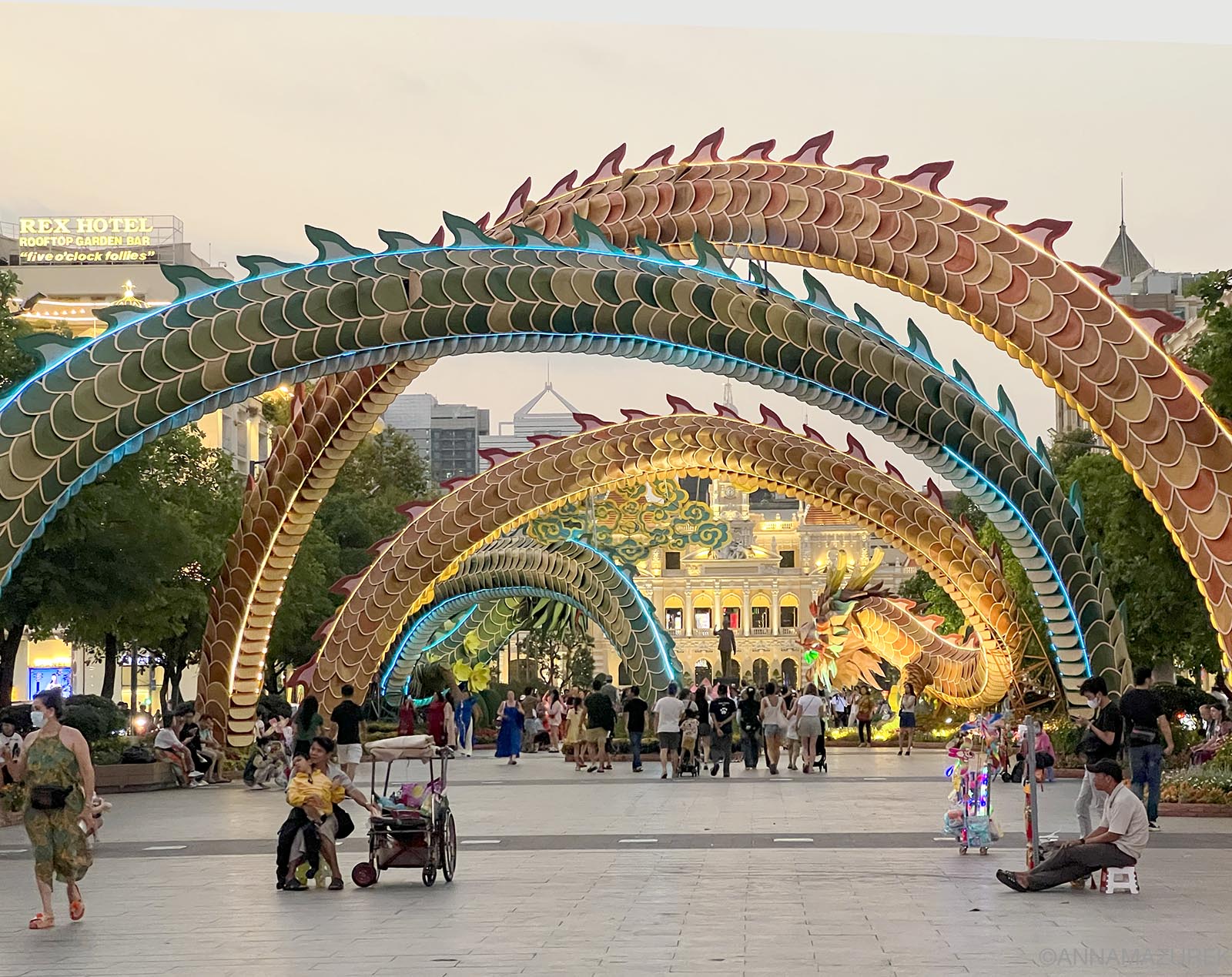 The Nguyen Hue Walking Street decorated for Lunar New Year (TET) in HCMC.
The Nguyen Hue Walking Street decorated for Lunar New Year (TET) in HCMC.
6. Nguyen Hue Walking Street
This pedestrian-only walking street stretches 900 meters from the photogenic People’s Committee of Ho Chi Minh City building to the Saigon River. It comes alive on weekend nights with street performers and food stalls. During special occasions like Lunar New Year, it’s heavily decorated. This is one of my favorite parts of the city. It’s the perfect place for people watching and a sunset walk.
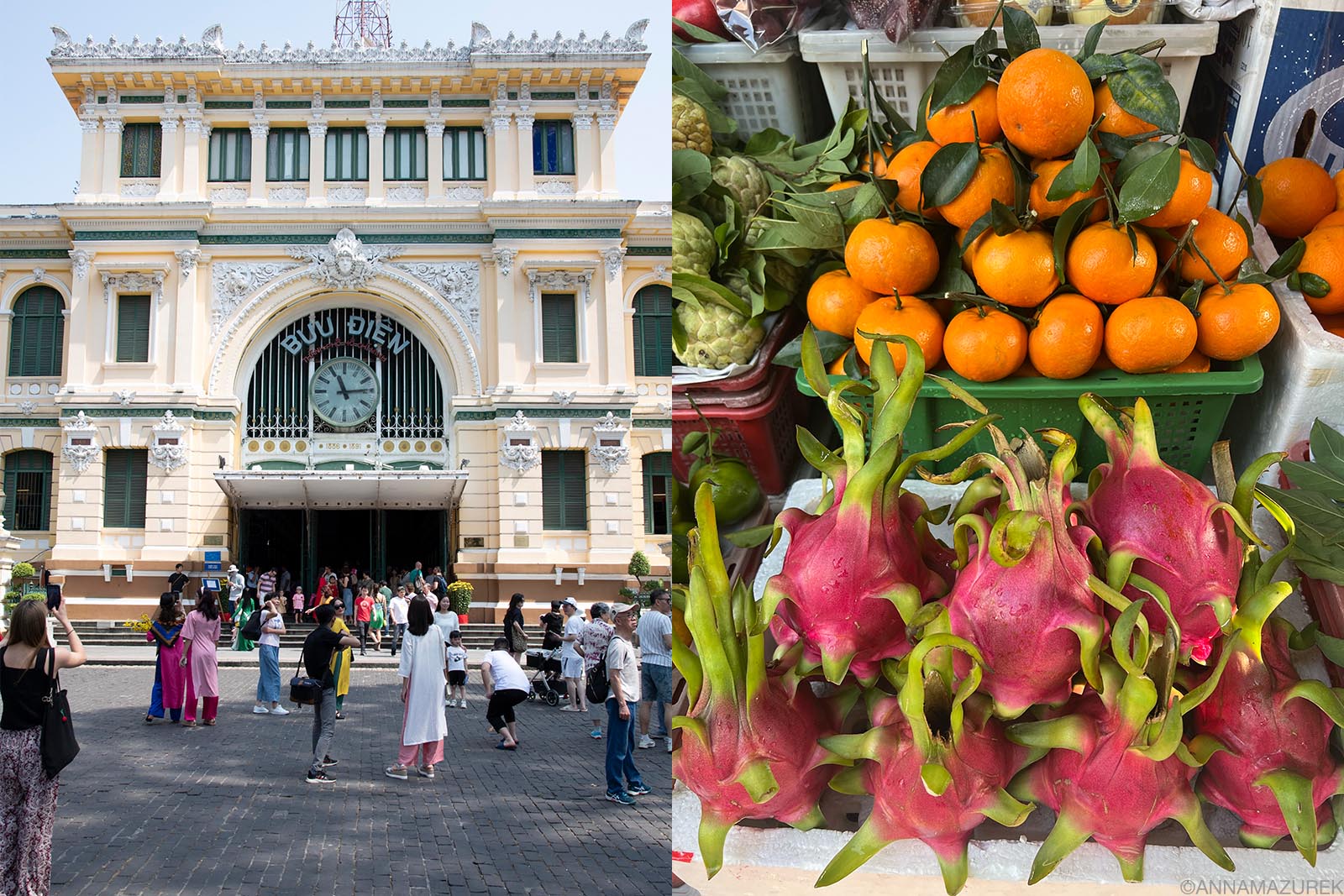 Left: The Central Post Office. Right: Fruits for sale at the Ben Thanh Market.
Left: The Central Post Office. Right: Fruits for sale at the Ben Thanh Market.
7. Take an Architecture Walk
Go for a stroll to visit some of the city’s late 19th-century French colonial buildings. The 1897 Opera House exterior is stunning. For a view of the interior, you’ll have to attend a show—one of the frequent AO Show performances combining acrobatics, music and dance, or a production of the Ho Chi Minh Ballet Symphony and Opera.
You can’t miss the yellow and green façade of the French-era Central Post Office. The interior is a working post office with side hallways filled with stalls hawking tourist trinkets that distract from the tiled floors and Ho Chi Minh mosaic. Across the street is the Notre Dame Cathedral, which has been flanked by restoration scaffolding since 2017. The interior is only open during mass times until the restoration is completed in 2027.
Built before WWI, the sprawling Ben Thanh Market is always buzzing with crammed stalls selling souvenirs, clothing, produce and local street food. (Personally, I find the market too touristy and filled with junk.)
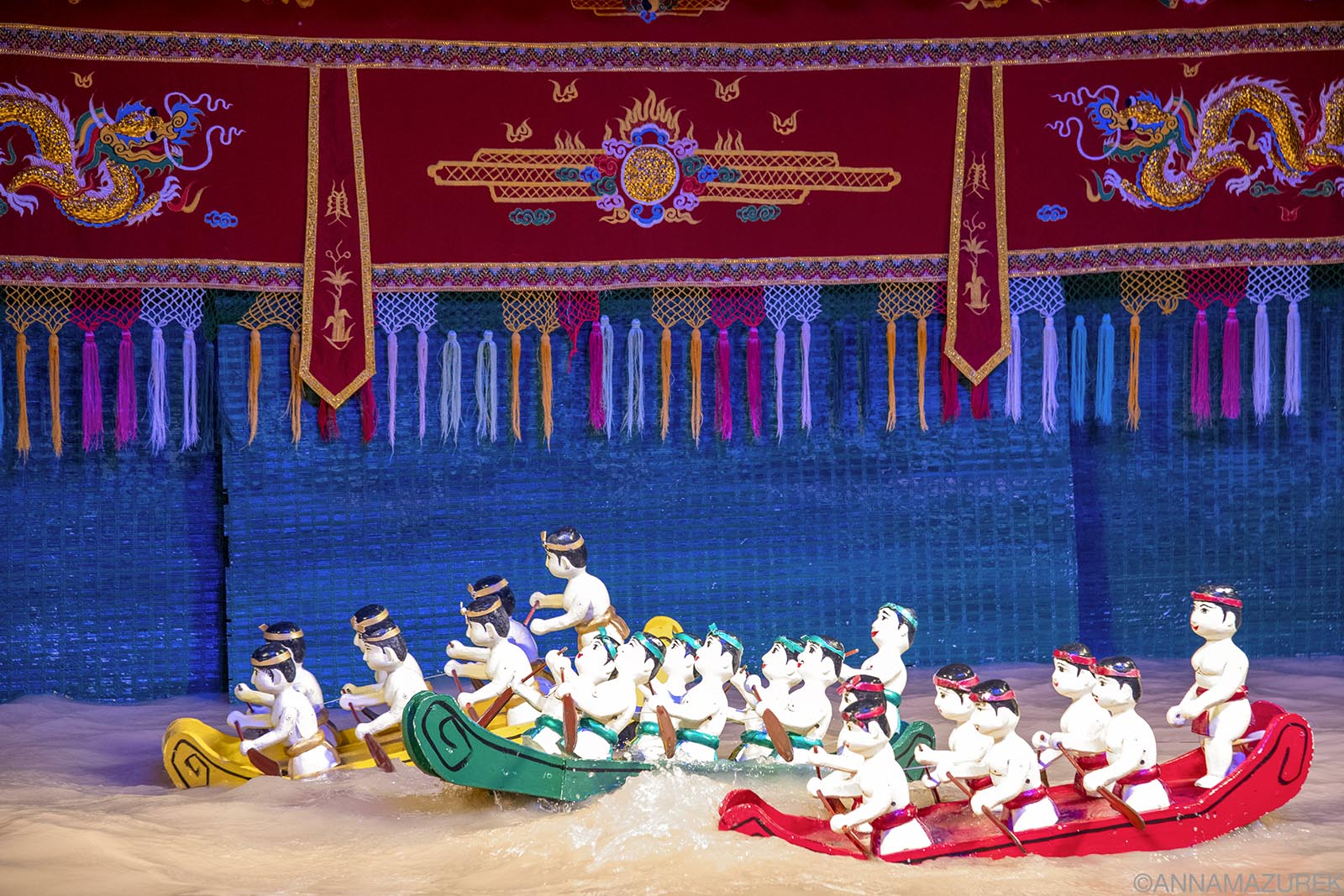 Vietnamese water puppet shows are a fun-filled attraction for all ages.
Vietnamese water puppet shows are a fun-filled attraction for all ages.
8. Water Puppet Show
Water puppetry, a century-old form of Vietnamese theater, is a great insight into local culture. The colorful puppets depict scenes of local life in a waist-deep pool accompanied by traditional folk music. While the show is entirely in Vietnamese, it’s easy to follow along with the action and laughs. (I go to one water puppet show every year for work, and it’s really fun to experience at least once.)
The Golden Dragon Water Puppet Theater (nightly at 6:30 p.m.) and the Museum of Vietnamese History have regular performances. (You can buy tickets in person or in advance on Klook for the same price.) All water puppet shows across Vietnam have similar storylines, so no need to see shows in multiple cities.
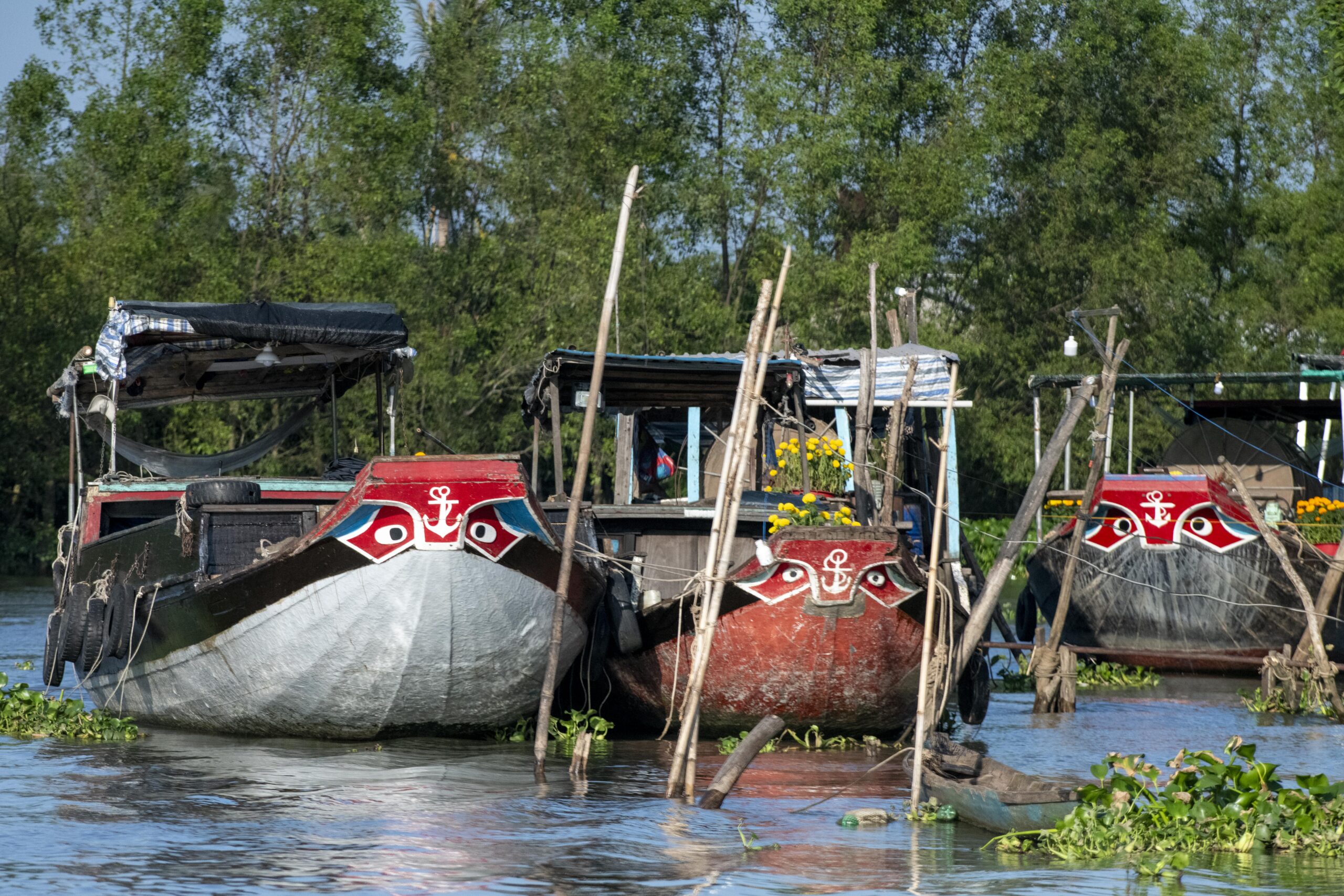 Boats along the Mekong Delta have eyes painted on the bow to ward off evil spirits.
Boats along the Mekong Delta have eyes painted on the bow to ward off evil spirits.
9. Visit the Mekong Delta
The Mekong Delta is a must-visit if you’re already in HCMC. Ideally, it’s best to spend a few days exploring the water world of bustling markets, scenic boat trips and beaches. Can Tho is the hub of all the excitement, but I love the wet market at Chau Doc. Keep an eye out for the large ships with eyes painted on the front to ward off evil spirits and sea monsters. If your time is limited, Klook and GetYourGuide offer great day and multi-day trip options.
Where to Eat in Ho Chi Minh City
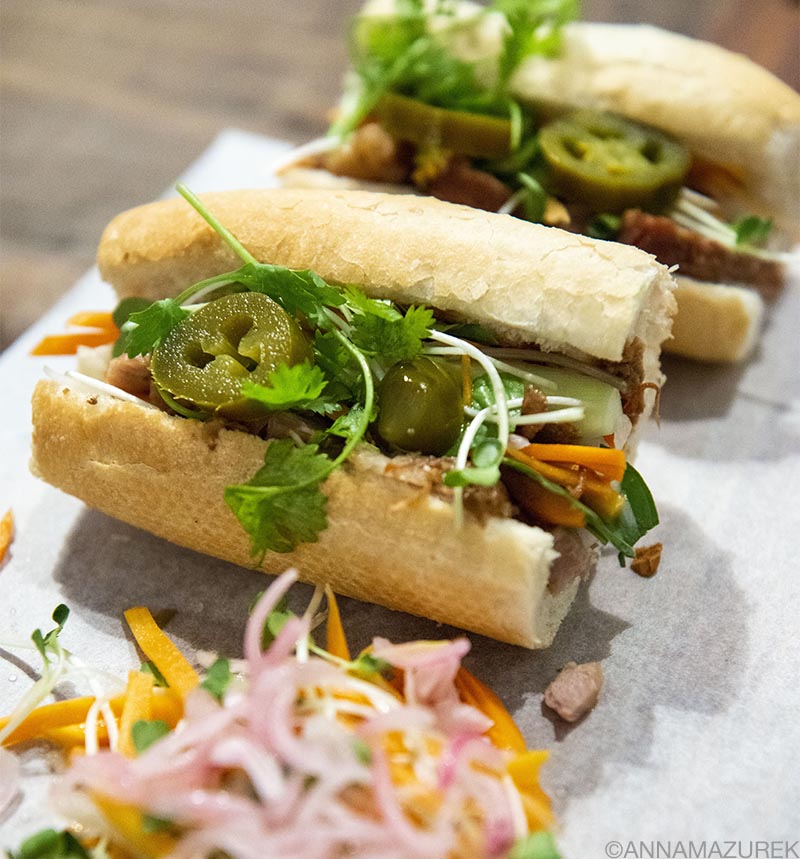 A banh mi from L’Usine.
A banh mi from L’Usine.
My favorite cafes and sandwich spots to eat are The Old Compass, L’Usine, The Vintage Emporium, and Banh Mi 3362. ABC Bakery Café was a great spot to grab a fast and cheap breakfast to go! If you are looking to splurge, the Park Hyatt’s breakfast buffet is worth the $40 because it includes all-you-can-drink Prosecco and ordering items off the menu—the banh mi and French toast are fabulous.
All the craft breweries have tasty food, but Belgo is my favorite brewery food.
Where to Stay in Ho Chi Minh City (Saigon)
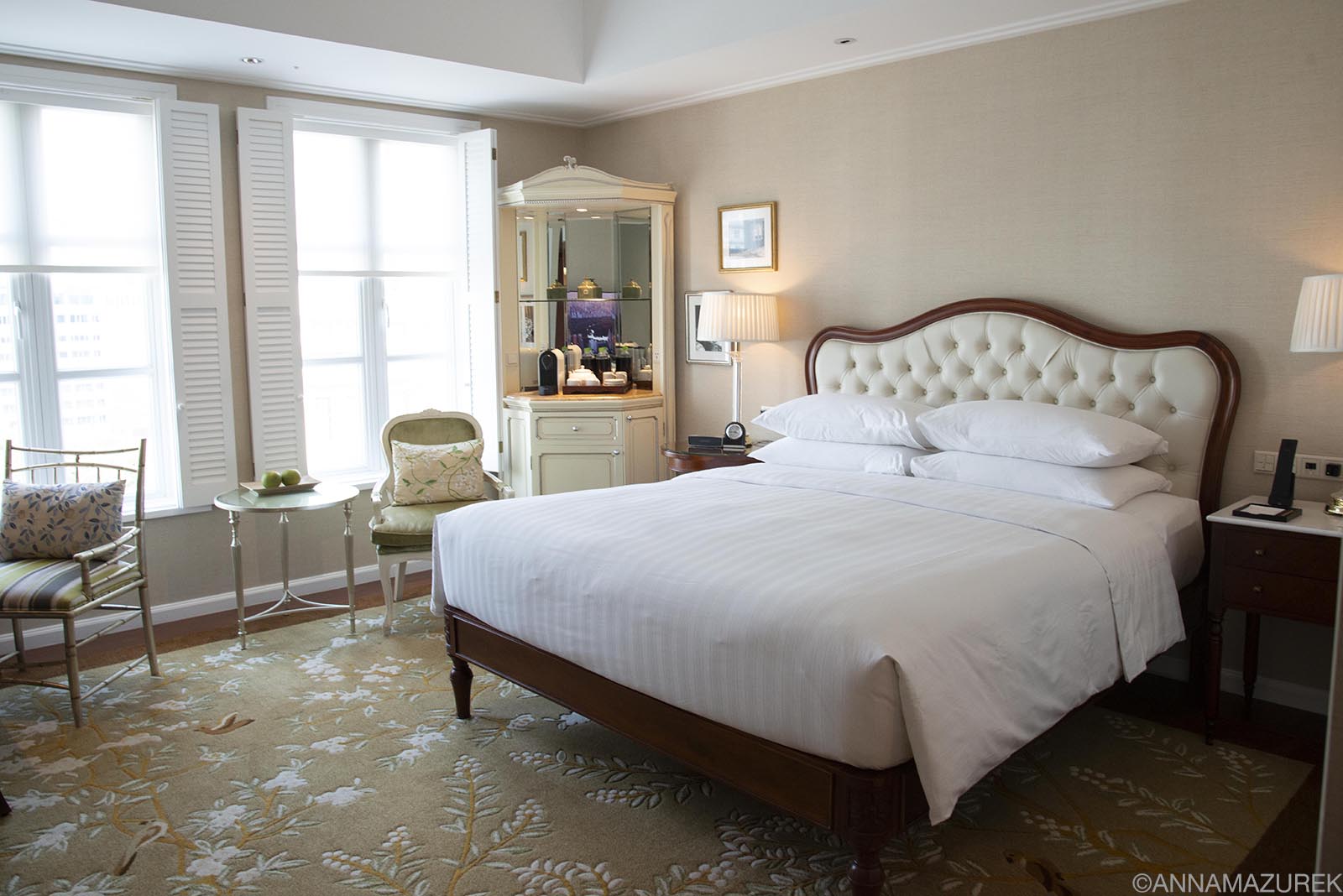 If you’ve got some credit card miles to cash in, the Park Hyatt Saigon is a great place to treat yourself.
If you’ve got some credit card miles to cash in, the Park Hyatt Saigon is a great place to treat yourself.
All of the accommodation options below are centered around District 1 where most of the main attractions are located.
Hotels: Au Lac Charner ($73/night plus taxes) is my favorite hotel with a rooftop pool in Ho Chi Minh City. It also has free breakfast (and afternoon tea!) and is located around the corner from the Bitexco Financial Tower.
Hostels: The majority of District 1 hostels are concentrated around Pham Ngu Lao and Bui Vien. While most have lackluster reviews, the conveniently located Loan Võ Hostel shines with a 9.1 rating for clean dorms and private rooms. The sleek design and bunks with curtains make The Common Room another great choice.
Splurge: If you’re looking to splurge, the Park Hyatt Saigon ($289) is the nicest hotel in town with an amazing pool, gym and a mind-blowing breakfast! (I stay at the Park Hyatt for work but at the Au Lac Charner otherwise.)
How to get to Ho Chi Minh City
Ho Chi Minh is home to the busiest airport in Vietnam and the main transport hub. (I always fly through Ho Chi Minh when I’m flying back to the U.S. from Southeast Asia because I can connect in Japan. This really helped me successfully hack my way to elite status on American Airlines.) You can take buses, vans and the train anywhere in Vietnam from there. Keep in mind that Hanoi and Ho Chi Minh are on opposite ends of the country and a 30-hour train ride apart.
I recommend booking transfers on Klook for convenience and using 12go.asia for bus and train tickets if it’s too much hassle to go to the station. Please read reviews before booking.
The Best Time to go to Ho Chi Minh City (Saigon)
HCMC has two seasons: the dry season and the monsoon. The dry season from November to April is the best time to visit. The monsoon season brings high humidity (83%!) and brief but powerful storms along with occasional flooding. (I always visit in January and February.) The air quality is often better during the rainy season because the rain cleans pollutants from the air. Consider a visit just after the rainy season for the best air quality and while all the plant life is still lush.
Vietnam FAQ
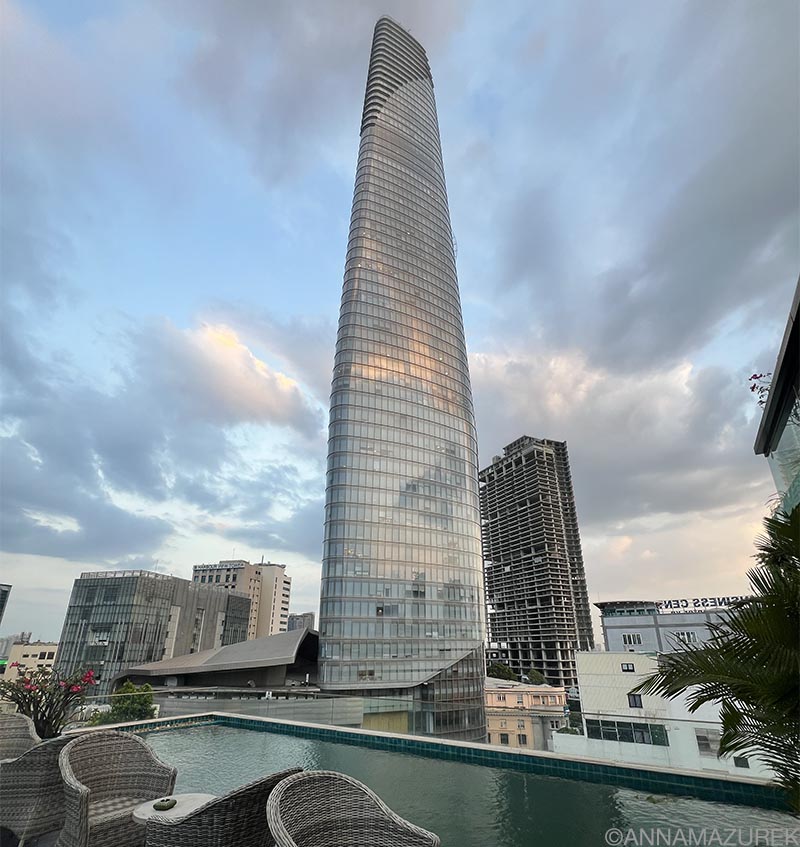 A view of the Bitexco Tower from the Au Lac Charner hotel.
A view of the Bitexco Tower from the Au Lac Charner hotel.
Where’s the best place to buy a SIM card in Vietnam?
The easiest thing to do is buy a Vietnam-specific eSIM card from Airalo that will work instantly when you arrive. (Airalo partners with Viettel, the fastest network in Vietnam.) For more details, read my review of Airalo eSIM cards in Southeast Asia.
Promo Codes: New customers save 15% off with NEWTOAIRALO15 and existing users save 10% with AIRALOESIM10.
If you are traveling to multiple countries in Southeast Asia on a short trip, then consider one of their Asia Regional eSIM cards. (Both the country-specific and regional eSIMs have worked wonderfully for me and even have a mobile hotspot option that’s critical because I’m always working remotely.) Keep in mind it’s always cheaper to buy a country-specific eSIM than a regional one.
Do you need travel medical insurance for Vietnam?
Yes, travel medical insurance is one of the most important things to purchase for any trip abroad, especially Vietnam. It covers all the things that could go wrong, from injuries to travel delays, so that you don’t have to worry and can focus on traveling!
SafetyWing’s Nomad Insurance offers $0 deductible travel medical insurance coverage for over 180 countries for people aged 69 and under when traveling outside their home country. The best part is that it only costs a few dollars a day! If you get sick or injured abroad, you can visit any hospital or doctor. I’ve found SafetyWing to be the best option for me.
Other benefits of Nomad Insurance include coverage for lost checked luggage, travel delays over 12 hours, motor accidents (if properly licensed, wearing all safety equipment and not intoxicated) and injuries from sports or leisure activities. You can even add adventure sports, electronics theft and U.S. coverage (for non-residents) to your policy.
One of the best things about SafetyWing is that you can buy policies abroad and speak to a REAL human from the 24/7 customer support team if you have questions! (I can vouch that they are excellent at assisting and will follow up with you afterward.) Pay in full or choose an auto-renewing plan that can be canceled anytime.
For more details, read my review of using SafetyWing in Southeast Asia.

